
Atomic Theory – Structure of an Atom
Subscribe to Never Miss an Important Update! Assured Discounts on New Products!
Must Join PMF IAS Telegram Channel & PMF IAS History Telegram Channel
Atoms Molecules, John Dalton’s Atomic Theory, Atomic, Molecular mass, Mole concept, Structure of The Atom, Valency, Atomic Number, Mass Number, Isotopes.
- Source | Credits | Picture Credits: NCERT General Science
Atoms and Molecules
- Atoms of most elements are not able to exist independently. Atoms form molecules and ions. These molecules or ions aggregate in large numbers to form the matter that we can see, feel or touch.
- A molecule is in general a group of two or more atoms that are chemically bonded together, that is, tightly held together by attractive forces.
- A molecule can be defined as the smallest particle of an element or a compound that is capable of an independent existence and shows all the properties of that substance.
- Atoms of the same element or of different elements can join together to form molecules.
- Law of conservation of mass: Law of conservation of mass states that mass can neither be created nor destroyed in a chemical reaction.
- Law of constant proportions: Lavoisier, along with other scientists, noted that many compounds were composed of two or more elements and each such compound had the same elements in the same proportions, irrespective of where the compound came from or who prepared it.
- In a compound such as water, the ratio of the mass of hydrogen to the mass of oxygen is always 1:8. Thus, if 9 g of water is decomposed, 1 g of hydrogen and 8 g of oxygen are always obtained.
- Law of constant proportions is also known as the law of definite proportions. This law was stated by Proust as “in a chemical substance the elements are always present in definite proportions by mass”.
John Dalton’s Atomic Theory
- The problem faced by scientists was to give appropriate explanations to the above laws.
- British chemist John Dalton provided the basic theory about the nature of matter.
- He took the name ‘atoms’ as given by the greeks and said that the smallest particles of matter are atoms. His theory was based on the laws of chemical combination.
- Dalton’s atomic theory provided an explanation for the law of conservation of mass and the law of definite proportions.
- In 1808, he presented his atomic theory which was a turning point in the study of matter.
- According to dalton’s atomic theory, all matter, whether an element, a compound or a mixture is composed of small particles called atoms. The postulates of this theory may be stated as follows:
- All matter is made of very tiny particles called atoms.
- Atoms are indivisible particles, which cannot be created or destroyed in a chemical reaction.
- Atoms of a given element are identical in mass and chemical properties
- Atoms of different elements have different masses and chemical properties.
- Atoms combine in the ratio of small whole numbers to form compounds
- The relative number and kinds of atoms are constant in a given compound.
- Dalton was the first scientist to use the symbols for elements in a very specific sense. When he used a symbol for an element he also meant a definite quantity of that element, that is, one atom of that element.
- Berzilius suggested that the symbols of elements be made from one or two letters of the name of the element.
- In the beginning, the names of elements were derived from the name of the place where they were found for the first time. For example, the name copper was taken from cyprus.
- Some names were taken from specific colours. For example, gold was taken from the english word meaning yellow.
- Now-a-days, IUPAC (International Union Of Pure And Applied Chemistry) approves names of elements.
- Many of the symbols are the first one or two letters of the element’s name in english.
- The first letter of a symbol is always written as a capital letter (uppercase) and the second letter as a small letter (lowercase).
Molecules of Elements and Compounds
- Molecules of elements: The molecules of an element are constituted by the same type of atoms.
- Molecules of many elements, such as argon (ar), helium (he) etc. are made up of only one atom of that element. But this is not the case with most of the nonmetals.
- For example, a molecule of oxygen consists of two atoms of oxygen and hence it is known as a diatomic molecule. If 3 atoms of oxygen unite into a molecule, instead of the usual 2, we get ozone. The number of atoms constituting a molecule is known as its atomicity.
- Molecules of metals and some other elements, such as carbon, do not have a simple structure but consist of a very large and indefinite number of atoms bonded together.
- Molecules of compounds: Atoms of different elements join together in definite proportions to form molecules of compounds.
What is an Ion?
- Compounds composed of metals and nonmetals contain charged species. The charged species are known as ions.
- An ion is a charged particle and can be negatively or positively charged. A negatively charged ion is called an ‘anion’ and the positively charged ion, a ‘cation’.
- Take, for example, sodium chloride (NaCl). Its constituent particles are positively charged sodium ions (na+) and negatively charged chloride ions (cl – ).
- Ions may consist of a single charged atom or a group of atoms that have a net charge on them. A group of atoms carrying a charge is known as a polyatomic ion.
Writing chemical formulae
- The chemical formula of a compound is a symbolic representation of its composition.
- The combining power (or capacity) of an element is known as its valency. Valency can be used to find out how the atoms of an element will combine with the atom(s) of another element to form a chemical compound. The valency of the atom of an element can be thought of as hands or arms of that atom.
- The rules that you have to follow while writing a chemical formula are as follows:
- The valencies or charges on the ion must balance.
- When a compound consists of a metal and a non-metal, the name or symbol of the metal is written first. For example: calcium oxide (CaO), sodium chloride (NaCl), iron sulphide (FeS), copper oxide (CuO) etc.
- In compounds formed with polyatomic ions, the ion is enclosed in a bracket before writing the number to indicate the ratio. Note that the formula of calcium hydroxide is Ca(Oh)2 and not CaOh2. We use brackets when we have two or more of the same ions in the formula. Here, the bracket around oh with a subscript 2 indicates that there are two hydroxyl (Oh) groups joined to one calcium atom. In other words, there are two atoms each of oxygen and hydrogen in calcium hydroxide.
Atomic mass, Molecular mass and Formula unit mass
- The most remarkable concept that Dalton’s Atomic Theory proposed was that of the atomic mass.
- According to him, each element had a characteristic atomic mass. One atomic mass unit is a mass unit equal to exactly onetwelfth (1/12 th ) the mass of one atom of carbon-12.
- The relative atomic masses of all elements have been found with respect to an atom of carbon-12.
- The molecular mass of a substance is the sum of the atomic masses of all the atoms in a molecule of the substance. It is therefore the relative mass of a molecule expressed in atomic mass units(u).
- The formula unit mass of a substance is a sum of the atomic masses of all atoms in a formula unit of a compound. Formula unit mass is calculated in the same manner as we calculate the molecular mass. The only difference is that we use the word formula unit for those substances whose constituent particles are ions.
Mole concept
- The quantity of a substance can be characterized by its mass or the number of molecules.
- But, a chemical reaction equation indicates directly the number of atoms or molecules taking part in the reaction.
- Therefore, it is more convenient to refer to the quantity of a substance in terms of the number of its molecules or atoms, rather than their masses.
- So, a new unit “mole” was introduced. One mole of any species (atoms, molecules, ions or particles) is that quantity in number having a mass equal to its atomic or molecular mass in grams.
- The number of particles (atoms, molecules or ions) present in 1 mole of any substance is fixed, with a value of 6.022 ×10^23 [10 to the power 23]. This is an experimentally obtained value. This number is called the Avogadro Constant or Avogadro Number (represented by No ), named in honour of the Italian scientist, Amedeo Avogadro.
- Scientists use the relative atomic mass scale to compare the masses of different atoms of elements. Atoms of carbon-12 isotopes are assigned a relative atomic mass of 12 and the relative masses of all other atoms are obtained by comparison with the mass of a carbon-12 atom.
- The avogadro constant 6.022 ×10^23 is defined as the number of atoms in exactly 12 g of carbon-12.
- The mole is the amount of substance that contains the same number of particles (atoms/ ions/ molecules/ formula units etc.) As there are atoms in exactly 12 g of carbon-12.
Structure of The Atom
- It was known by 1900 that the atom was not a simple, indivisible particle but contained at least one sub-atomic particle – the electron identified by J. Thomson.
- Even before the electron was identified, Goldstein in 1886 discovered the presence protons which were positively charged.
- Protons had a charge, equal in magnitude but opposite in sign to that of the electron. Its mass was approximately 2000 times as that of the electron.
- The mass of an electron is considered to be negligible and its charge is minus one. It seemed highly likely that an atom was composed of protons and electrons, mutually balancing their charges.
- It also appeared that the protons were in the interior of the atom, for whereas electrons could easily be peeled off but not protons.
- Dalton’s atomic theory suggested that the atom was indivisible and indestructible. But the discovery of two fundamental particles (electrons and protons) inside the atom, led to the failure of this aspect of Dalton’s Atomic Theory.
- It was then considered necessary to know how electrons and protons are arranged within an atom. For explaining this, many scientists proposed various atomic models. J.J. Thomson was the first one to propose a model for the structure of an atom
Thomson’s Model of an Atom
- J. Thomson (1856-1940), a British physicist. He was awarded the nobel prize in physics in 1906 for his work on the discovery of electrons.
- Thomson proposed the model of an atom to be similar to that of a watermelon. The positive charge in the atom is spread all over like the red edible part of the watermelon, while the electrons are studded in the positively charged sphere, like the seeds in the watermelon
Thomson proposed that:
- An atom consists of a positively charged sphere and the electrons are embedded in it.
- The negative and positive charges are equal in magnitude. So, the atom as a whole is electrically neutral.
- Although Thomson’s model explained that atoms are electrically neutral, the results of experiments carried out by other scientists could not be explained by this model, as we will see below.
Rutherford’s Model of an Atom
- Rutherford was known as the ‘father’ of nuclear physics. He is famous for his work on radioactivity and the discovery of the nucleus of an atom with the gold foil experiment. He got the nobel prize in chemistry in 1908.
- Ernest Rutherford (gold foil experiment) was interested in knowing how the electrons are arranged within an atom. Rutherford designed an experiment for this. In this experiment, fast moving alpha (α)-particles were made to fall on a thin gold foil.
- He selected a gold foil because he wanted as thin a layer as possible. This gold foil was about 1000 atoms thick. (α)-particles are doubly-charged helium ions. Since they have a mass of 4 u, the fast-moving α-particles have a considerable amount of energy.
- It was expected that α-particles would be deflected by the sub-atomic particles in the gold atoms. Since the α-particles were much heavier than the protons, he did not expect to see large deflections.
- But, the α-particle scattering experiment gave totally unexpected results. The following observations were made:
- Most of the fast moving α-particles passed straight through the gold foil.
- Some of the α-particles were deflected by the foil by small angles.
- Surprisingly one out of every 12000 particles appeared to rebound.
- In the words of Rutherford, “this result was almost as incredible as if you fire a 15-inch shell at a piece of tissue paper and it comes back and hits you”.
Rutherford concluded from the α-particle scattering experiment that–
- Most of the space inside the atom is empty because most of the α-particles passed through the gold foil without getting deflected.
- Very few particles were deflected from their path, indicating that the positive charge of the atom occupies very little space.
- A very small fraction of α-particles were deflected indicating that all the positive charge and mass of the gold atom were concentrated in a very small volume within the atom.
- From the data he also calculated that the radius of the nucleus is about 10^5 times less than the radius of the atom.
- On the basis of his experiment, Rutherford put forward the nuclear model of an atom, which had the following features:
- There is a positively charged centre in an atom called the nucleus. Nearly all the mass of an atom resides in the nucleus.
- The electrons revolve around the nucleus in well-defined orbits.
- The size of the nucleus is very small as compared to the size of the atom.
Drawbacks of rutherford’s model of the atom
- The orbital revolution of the electron is not expected to be stable. Any particle in a circular orbit would undergo acceleration. During acceleration, charged particles would radiate energy. Thus, the revolving electron would lose energy and finally fall into the nucleus. If this were so, the atom should be highly unstable and hence matter would not exist in the form that we know. We know that atoms are quite stable.
Bohr’s Model of Atom
- In order to overcome the objections raised against Rutherford’s model of the atom, Neils Bohr put forward the following postulates about the model of an atom:
- Only certain special orbits known as discrete orbits of electrons, are allowed inside the atom
- While revolving in discrete orbits the electrons do not radiate energy
- These orbits or shells are called energy levels. Energy levels in an atom are shown in fig below.
- These orbits or shells are represented by the letters k,l,m,n,… or the numbers, n=1,2,3,4,….
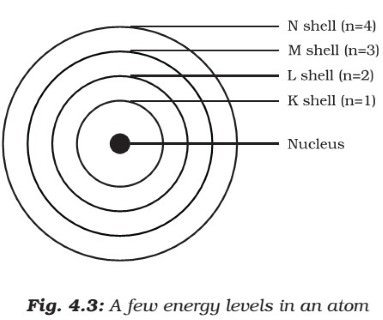
How are electrons distributed in different orbits (shells)?
- The distribution of electrons into different orbits of an atom was suggested by Bohr and Bury.
- The following rules are followed for writing the number of electrons in different energy levels or shells:
- the maximum number of electrons present in a shell is given by the formula 2n^2 , where ‘n’ is the orbit number or energy level index, 1,2,3,…. Hence the maximum number of electrons in different shells are as follows: first orbit or k-shell will be = 2 ×1^2 = 2, second orbit or l-shell will be = 2 ×2^2 = 8, third orbit or m-shell will be = 2 × 3^2 = 18, fourth orbit or n-shell will be = 2 ×4^2 = 32, and so on.
- The maximum number of electrons that can be accommodated in the outermost orbit is 8.
- Electrons are not accommodated in a given shell, unless the inner shells are filled. That is, the shells are filled in a step-wise manner.
Neutrons
- In 1932, Chadwick discovered another subatomic particle which had no charge and a mass nearly equal to that of a proton. It was eventually named as neutron.
- Neutrons are present in the nucleus of all atoms, except hydrogen. In general, a neutron is represented as ‘n’. The mass of an atom is therefore given by the sum of the masses of protons and neutrons present in the nucleus [The mass of electrons is quite negligible].
Valency
- We have learnt how the electrons in an atom are arranged in different shells/orbits.
- The electrons present in the outermost shell of an atom are known as the valence electrons.
- From the bohr-bury scheme, we also know that the outermost shell of an atom can accommodate a maximum of 8 electrons.
- It was observed that the atoms of elements, having a completely filled outermost shell show little chemical activity. In other words, their combining capacity or valency is zero. Of these inert elements, the helium atom has two electrons in its outermost shell and all other elements have atoms with eight electrons in the outermost shell.
- The combining capacity of the atoms of other elements, that is, their tendency to react and form molecules with atoms of the same or different elements, was thus explained as an attempt to attain a fully-filled outermost shell.
- An outermost-shell, which had eight electrons was said to possess an octet. Atoms would thus react, so as to achieve an octet in the outermost shell. This was done by sharing, gaining or losing electrons.
- The number of electrons gained, lost or shared so as to make the octet of electrons in the outermost shell, gives us directly the combining capacity of the element, that is, the valency. For example, hydrogen/lithium/sodium atoms contain one electron each in their outermost shell, therefore each one of them can lose one electron. So, they are said to have valency of one.
- Can you tell, what is valency of magnesium and aluminium? It is two and three, respectively, because magnesium has two electrons in its outermost shell and aluminium has three electrons in its outermost shell.
- If the number of electrons in the outermost shell of an atom is close to its full capacity, then valency is determined in a different way. For example, the fluorine atom has 7 electrons in the outermost shell, and its valency could be 7. But it is easier for fluorine to gain one electron instead of losing seven electrons. Hence, its valency is determined by subtracting seven electrons from the octet and this gives you a valency of one for fluorine. Therefore, an atom of each element has a definite combining capacity, called its valency.
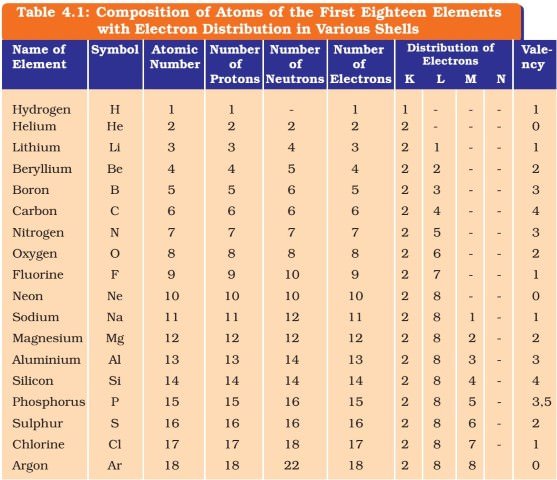
Atomic Number
- We know that protons are present in the nucleus of an atom. It is the number of protons of an atom, which determines its atomic number. It is denoted by ‘z’.
- All atoms of an element have the same atomic number, z. In fact, elements are defined by the number of protons they possess.
- For hydrogen, z = 1, because in hydrogen atom, only one proton is present in the nucleus. Similarly, for carbon, z = 6.
- Therefore, the atomic number is defined as the total number of protons present in the nucleus of an atom
Mass Number
- After studying the properties of the subatomic particles of an atom, we can conclude that mass of an atom is practically due to protons and neutrons alone. These are present in the nucleus of an atom. Hence protons and neutrons are also called nucleons. Therefore, the mass of an atom resides in its nucleus.
- For example, mass of carbon is 12 u because it has 6 protons and 6 neutrons, 6 u + 6 u = 12 u. Similarly, the mass of aluminium is 27 u (13 protons+14 neutrons).
- The mass number is defined as the sum of the total number of protons and neutrons present in the nucleus of an atom.
- In the notation for an atom, the atomic number, mass number and symbol of the element are to be written as:
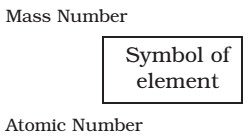
Isotopes
- In nature, a number of atoms of some elements have been identified, which have the same atomic number but different mass numbers.
- For example, take the case of hydrogen atom, it has three atomic species, namely protium ( 1H1), deuterium ( 2H1 or d) and tritium ( 3H1 or t). The atomic number of each one is 1, but the mass number is 1, 2 and 3, respectively. Other such examples are (i) carbon, 12C6 and 14C6 (ii) chlorine, 35Cl17 and 37Cl17, etc.
- On the basis of these examples, isotopes are defined as the atoms of the same element, having the same atomic number but different mass numbers. Therefore, we can say that there are three isotopes of hydrogen atom, namely protium, deuterium and tritium.
- Many elements consist of a mixture of isotopes. Each isotope of an element is a pure substance.
- The chemical properties of isotopes are similar but their physical properties are different.
- Chlorine occurs in nature in two isotopic forms, with masses 35 u and 37 u in the ratio of 3:1. Obviously, the question arises: what should we take as the mass of chlorine atom?
- The mass of an atom of any natural element is taken as the average mass of all the naturally occurring atoms of that element. If an element has no isotopes, then the mass of its atom would be the same as the sum of protons and neutrons in it. But if an element occurs in isotopic forms, then we have to know the percentage of each isotopic form and then the average mass is calculated.
Applications of Isotopes
- Since the chemical properties of all the isotopes of an element are the same, normally we are not concerned about taking a mixture. But some isotopes have special properties which find them useful in various fields. Some of them are:
- An isotope of uranium is used as a fuel in nuclear reactors.
- An isotope of cobalt is used in the treatment of cancer.
- An isotope of iodine is used in the treatment of goitre.
Isobars
- Let us consider two elements — calcium, atomic number 20, and argon, atomic number 18. The number of electrons in these atoms is different, but the mass number of both these elements is 40. That is, the total number of nucleons is the same in the atoms of this pair of elements.
- Atoms of different elements with different atomic numbers, which have the same mass number, are known as isobars.
Summary
- Credit for the discovery of electron and proton goes to J. Thomson and E.Goldstein, respectively. J.J. Thomson proposed that electrons are embedded in a positive sphere.
- Rutherford’s alpha-particle scattering experiment led to the discovery of the atomic nucleus.
- Rutherford’s model of the atom proposed that a very tiny nucleus is present inside the atom and electrons revolve around this nucleus. The stability of the atom could not be explained by this model.
- Neils bohr’s model of the atom was more successful. He proposed that electrons are distributed in different shells with discrete energy around the nucleus. If the atomic shells are complete, then the atom will be stable and less reactive.
- Chadwick discovered presence of neutrons in the nucleus of an atom.
- So, the three sub-atomic particles of an atom are: (i) electrons, (ii) protons and (iii) neutrons.
- Electrons are negatively charged, protons are positively charged and neutrons have no charges. The mass of an electron is about 1/2000 times the mass of an hydrogen atom. The mass of a proton and a neutron is taken as one unit each.
- Shells of an atom are designated as k,l,m,n,….
- Valency is the combining capacity of an atom.
- The atomic number of an element is the same as the number of protons in the nucleus of its atom.
- The mass number of an atom is equal to the number of nucleons in its nucleus
- Isotopes are atoms of the same element, which have different mass numbers.
- Isobars are atoms having the same mass number but different atomic numbers.
- Elements are defined by the number of protons they possess.





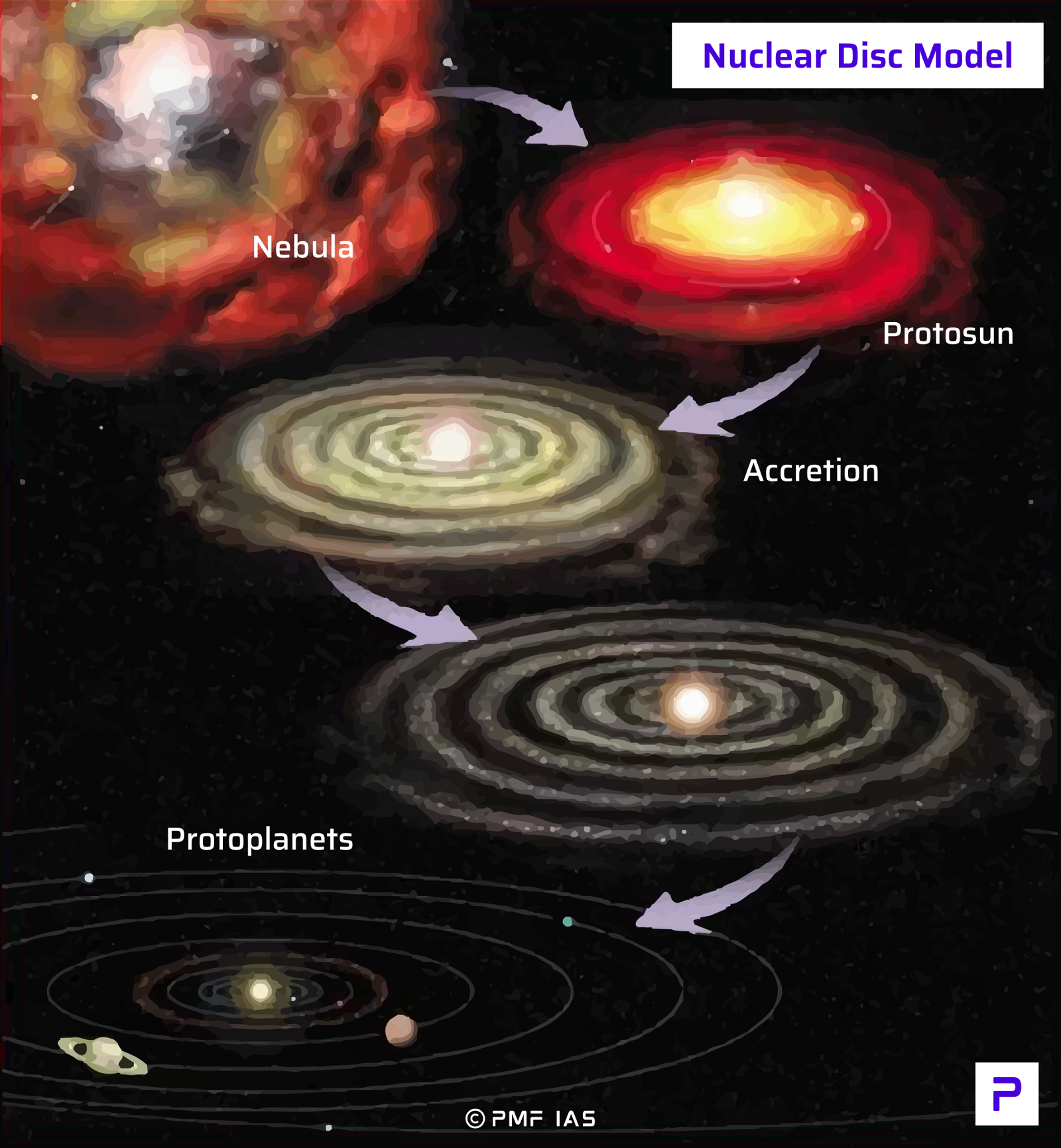
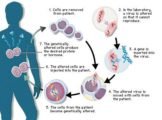
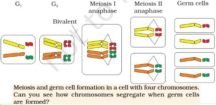
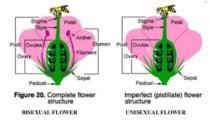
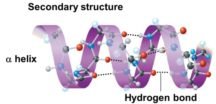

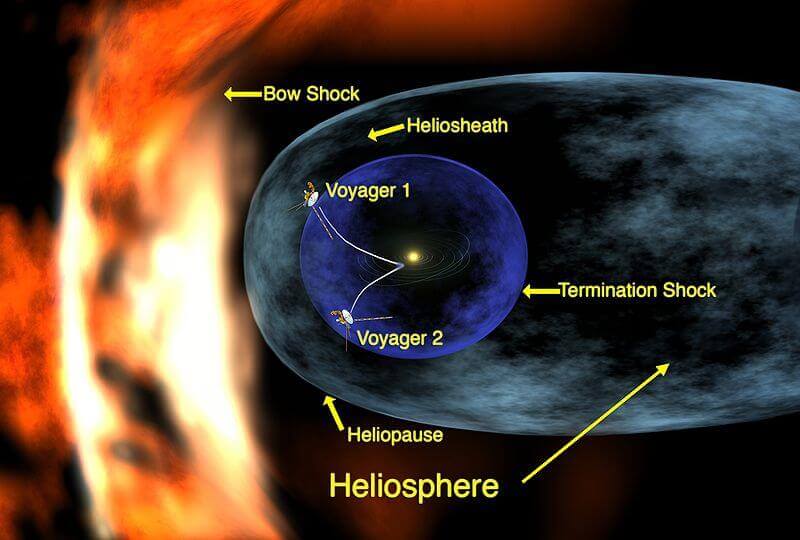
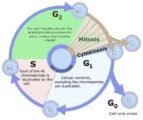




Other general science topics will not be added?
I didn’t get that.
Sir, Are the posts mentioned under General Science Topic(Biology, Physics, Chemistry) enough for Prelims ?? How many questions will generally come from the General Science topic in prelims ?